It is selected because it is easily available and has a low cost. Under the shotcrete method, sand and portland cement are pneumatically combined and mixed and transported in a dry state to the nozzle of a pressure gun, where water is added and hydration begins just before expulsion. The material is attached correctly to the perfectly arranged surface of masonry and steel. It is suitable for curved or irregular surfaces.
With its extreme strength after application and solid physical characteristics, it provides additional structural strength on walls and other elements. This chapter discusses many types of cementitious and polymeric repair materials and the factors affecting material selection. Cementitious materials include those based on Portland cement, modified Portland cements and other hydraulic cements, including magnesium phosphates and high alumina content. The two types of polymeric materials are polymer-modified concrete or mortar and polymer concrete.
Material selection is based on many factors, including construction requirements, freight transport and durability. The most basic repair materials available are cementitious patch composites. These are single-component products, of normal setting, which are ready to use with the addition of water. However, modern repair materials have improvements that make them easier to use and make repairs more durable.
Epoxies also weaken or burn when exposed to heat, so they cannot be used for structural repairs without additional fire protection. Cementitious materials are generally used for deep repairs, and polymer-based materials are mainly used for repairs or surface coatings. The durability of a repair depends on the proper bond with the substrate and between the layers of the repair material. Choosing from hundreds of repair materials is a daunting task; it helps to recognize some of the basic types and understand their typical uses.
This material is patented and can be applied as a repair material for reinforced concrete floors adjacent to steel blast furnaces. There are hundreds of repair materials available and the specifier must determine the required properties of the repair material and match those properties to a suitable material or materials. Therefore, successful repair work not only requires an excellent selection of repair materials, but also needs to practice a proper execution procedure. The use of suitable additives combined with this repair material also increases strength and improves bonding and workability while reducing cure time.
Otherwise, the repair could relax under creep and lose volume, reducing its ability to withstand compressive loads. The repair material should be similar to the substrate in terms of rigidity or flexibility (modulus of elasticity), its thermal expansion properties, water absorption and water vapor diffusion. In addition, there are special materials and methods for making repair and strengthening operations superior. Polyurethanes are some of the newest repair materials and hold great promise due to their low modulus and excellent bonding and durability properties.
The use of biomaterials as bone repair materials in craniomaxillofacial surgery provides a suitable alternative to autologous bone in specific indications. Following ICRI guidelines or adopting a similar methodical approach will help you identify the necessary properties in the repair material. For all Ametek HDR Power Systems repair services, you will need a Repair Material Authorization (RMA) number. Therefore, it is important to set repair priorities from the outset, as this allows you to focus on the most critical issues when considering the necessary trade-offs.
.
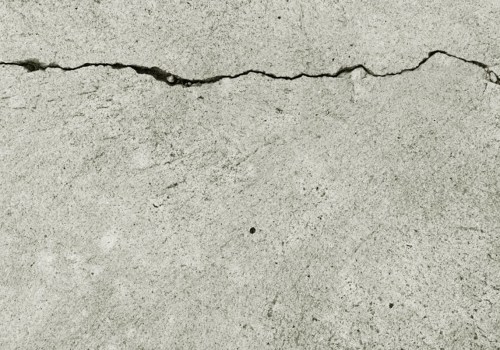
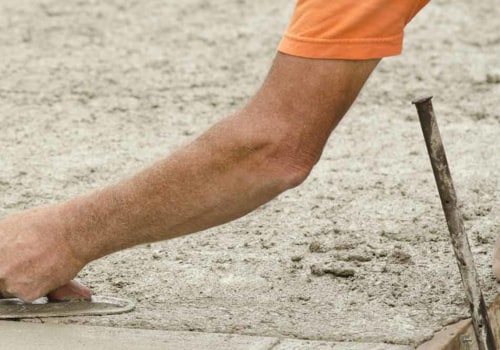
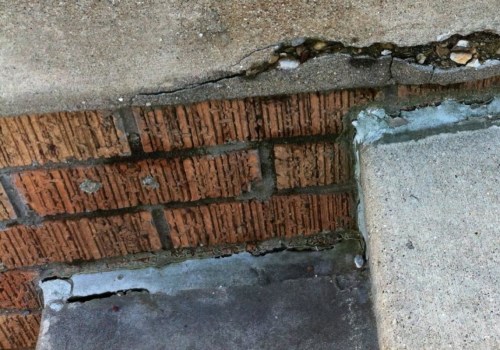
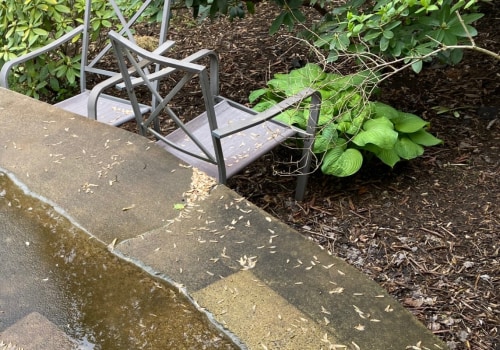
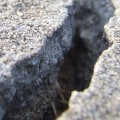
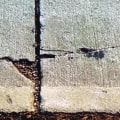
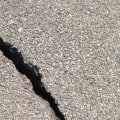
Leave Reply